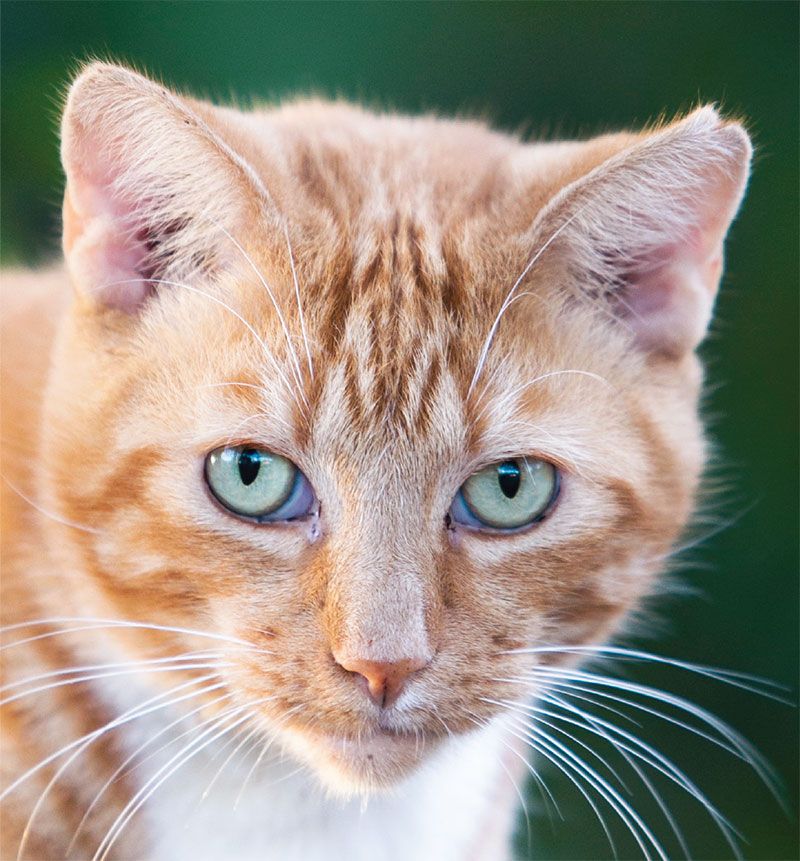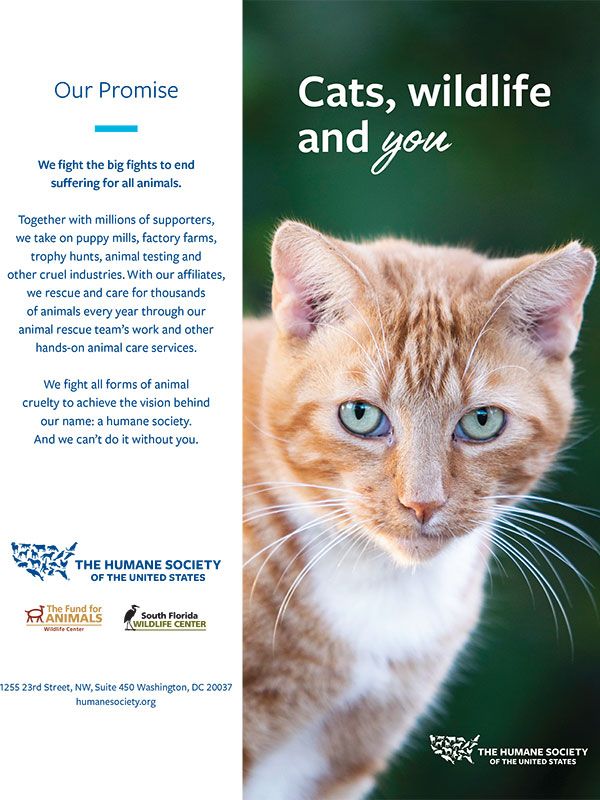Resolving conflicts between cats, wildlife and humans

Where there is conflict between two groups of animals—cats and native wildlife—we don’t need to choose between them. By combining proactive steps to avert conflict with sound mitigation strategies we can help both. These same strategies can also help us resolve conflicts with cats and humans.
First, remember that good colonies make good neighbors—with diplomacy and problem-solving skills, advocates can create a harmonious relationship between community cats and the people around them (this Animal Sheltering magazine article is a must read!). Whatever side of the fence you are on, or if you are acting as the mediator, approach the situation with the goal of finding common ground and working together to resolve the problem humanely. Recognize where each side is coming from and focus on the specific behavior found to be offensive—the mere presence of community cats should not be considered a nuisance.
If the target of the complaint is unowned cats who have not been altered or vaccinated, the first step is to get them through a trap-neuter-return program. With TNR, nuisance behaviors are reduced or eliminated because cats no longer reproduce or fight over mates, marking is diminished, the cats roam less and that pungent “tomcat smell” goes away. If the complaint is centered on an owned cat, have a conversation to understand why the cat is outdoors and provide appropriate recommendations. Share tips on providing the cat a safe outdoor experience with a catio and on transitioning an outdoor cat inside.
We’ve developed the Cats, Wildlife and You brochure to help you reach out to neighbors. It is a great resource for animal shelters, animal control officers and wildlife centers as well as any individual working on behalf of cats and wildlife. You can download the PDF below or order packs of 100 from our store.
The next step is to alter the unwanted behavior. Get tips on how to resolve conflicts by employing deterrents and strategies from the Animal Sheltering magazine article Not here, kitty, kitty: Practical solutions can keep community cats away from areas where they’re not welcome. It may take some time and persistence to change the cat’s routine, so monitor the progress and adjust your efforts in response. You can find more tips in our Humane Wildlife Conflict Resolution guide.
Community cat caregivers can be proactive and encourage their peers to do the same. Follow best practices for feeding community cats to avoid conflict with your human and wild neighbors. Make a good faith effort to sterilize and vaccinate all the cats you feed and work with neighbors to do the same for other community cats in your area. Explain to your neighbors what you are doing, what TNR is and how it can help everyone.
Animal shelters do a lot to protect local wildlife from free-roaming cats, even more than they realized. Wildlife advocates may be surprised to learn about this too. Help your local shelter highlight their role in protecting both cats and wildlife.
Read more
Document




